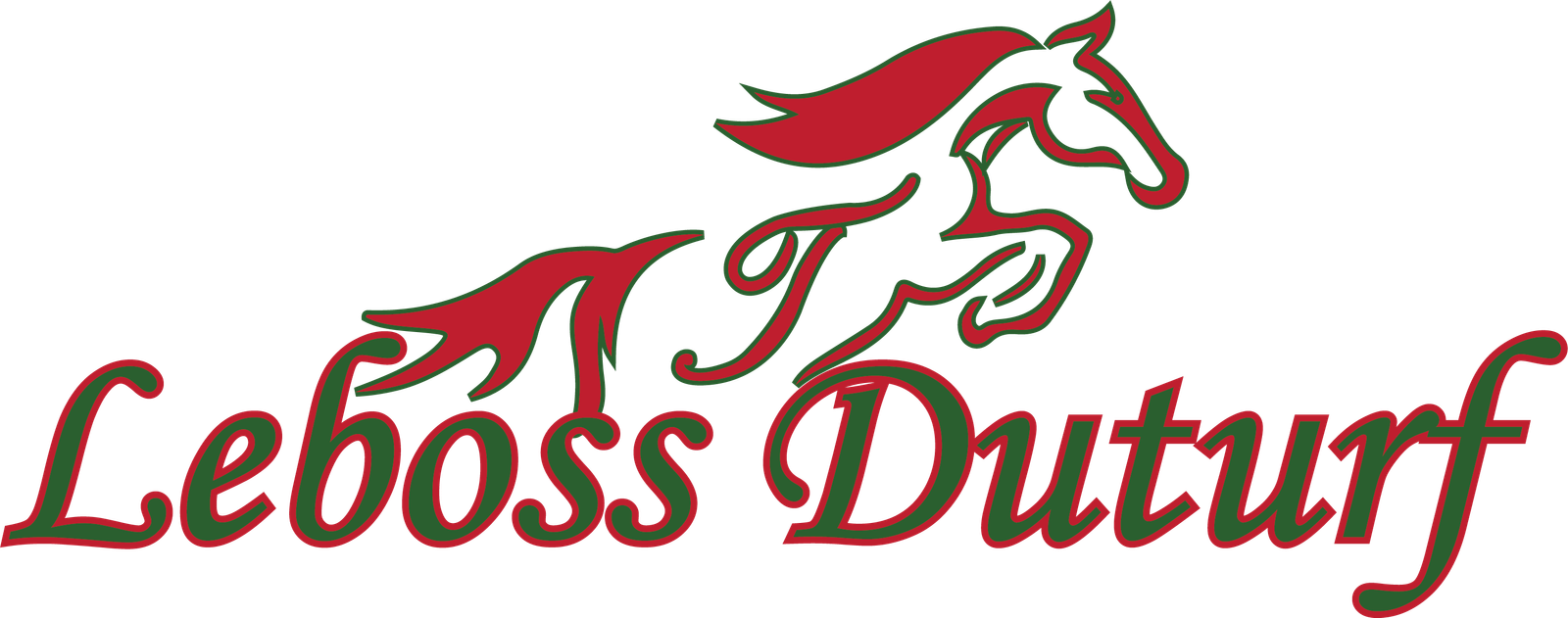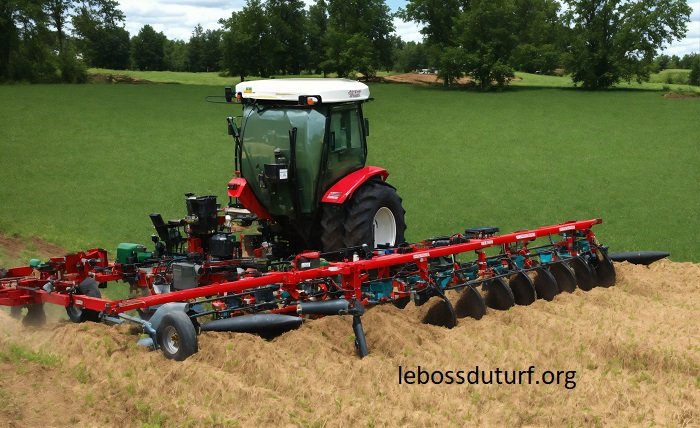Introduction
Within the realm of turf management, Lebosse Turf is a noteworthy breakthrough. Your grass care techniques can be significantly impacted by your knowledge of Lebosse Turf features and benefits, regardless of whether you’re a landscaper, sports field manager, or homeowner.
What is Lebosse Turf
Lebosse Turf is a state-of-the-art development in turf technology, distinguished by its synthetic composition that is intended to resemble real grass in both appearance and feel. Lebosse Turf was created with an emphasis on performance and longevity. Typically, synthetic fibers are woven into a backing material, and to improve resilience and stability, filler materials like sand or rubber are frequently included.
The Advantages of Lebosse Turf
Lebosse Turf offers numerous benefits. It is incredibly durable, able to survive harsh weather and frequent use without breaking down. Lebosse Turf takes less upkeep and keeps its immaculate appearance all year round, in contrast to natural grass, which needs to be watered and maintained frequently. It is perfect for high-traffic places like playgrounds and sports fields because of its resilience to wear and tear from traffic. Lebosse Turf also lessens the need for frequent irrigation, which helps with water conservation efforts.
Applications of Lebosse Turf
There are several uses for Lebosse Turf in business, residential, and recreational contexts. Lebosse Turf is the choice of homeowners who want lush green lawns without having to deal with the trouble of mowing, watering, and fertilizing. Sports fields are advantageous because of their reliable playing surface and capacity to withstand demanding sports activities without getting dirty or uneven. Lebosse Turf is also used in public parks and leisure areas to preserve visually appealing landscapes that can tolerate high foot traffic while maintaining their aesthetic appeal.
Installation Process
Lebosse Turf installation requires a few crucial procedures to guarantee longevity and optimum efficiency. In order to construct a smooth base, the site must first be prepared by clearing and leveling the land. The turf rolls are then meticulously positioned and cut to fit the allotted space, making sure the seams are well sealed. The turf fibers are subsequently stabilized and supported by the uniform distribution of infill materials, such as silica sand or recycled rubber. A smooth and long-lasting turf surface is the result of proper installation.
Comparison with Traditional Turf
Several things are taken into consideration while contrasting Lebosse Turf with conventional natural grass. Lebosse Turf offers longer-term maintenance and water-use savings over seeding or sodding natural grass, even if the initial cost of installation may be more. Lebosse Turf requires less frequent watering, fertilizing, and mowing than natural grass, which lowers continuing costs and labor-intensive activities related to natural grass maintenance. Furthermore, it is a sensible option for areas where keeping real grass can be difficult due to its uniform appearance and resistance to weather.
Case Studies and Success Stories
Lebosse Turf has been successfully implemented in a variety of contexts, as shown by numerous case studies. Installing Lebosse Turf has been shown to improve playability, lower maintenance costs, and improve aesthetic appeal in settings ranging from professional sports stadiums to residential landscaping. Testimonials from homeowners, facility managers, and turf managers highlight Lebosse Turf’s dependability and performance advantages in a variety of settings, further solidifying its standing as a top option for contemporary turf solutions.
Environmental Impact and Sustainability
Lebosse Turf has a lot to offer in terms of environmental impact compared to natural grass. Lebosse Turf is a sustainable choice in areas vulnerable to drought or water limitations because it doesn’t require continuous watering. Additionally, by reducing runoff and groundwater contamination, its decreased reliance on chemical fertilizers and pesticides promotes healthier ecosystems. Lebosse Turf’s durability also lessens the amount of garbage that ends up in landfills when natural grass is routinely replaced, adding to its already impressive sustainability credentials.
Future Trends in Turf Management
Anticipating the future, Lebosse Turf and other synthetic turf technologies will continue to lead the way in turf management innovation. Research and development endeavors center on augmenting the resilience of turf, refining environmental sustainability, and optimizing installation methods to save expenses and speed procedures. The goal of innovations like improved drainage systems and recyclable turf materials is to solve present issues and broaden the range of climates and environments where synthetic turfs can be used.
Conclusion
In conclusion, Lebosse Turf offers unparalleled sustainability, durability, and adaptability for a wide range of applications, marking a paradigm change in turf management. Whether improving the appearance of residential landscapes, maximizing the performance of sports fields, or reviving public areas, Lebosse Turf is distinguished by its capacity to produce reliable outcomes with no environmental impact. Staying up to date with Lebosse Turf’s features and advantages will enable decision-makers to make decisions that suit their unique requirements and sustainability objectives as turf technologies continue to evolve.
FAQ
How does Lebosse Turf compare to natural grass in terms of cost?
Lebosse turf usually costs more up front, but because it requires less upkeep and water over time, it saves money in the long run.
How long does lebosse turf last?
The amount of use, weather, and upkeep methods all affect how long lebosse turf lasts. If properly cared for, premium turf can typically last ten to fifteen years or longer.

